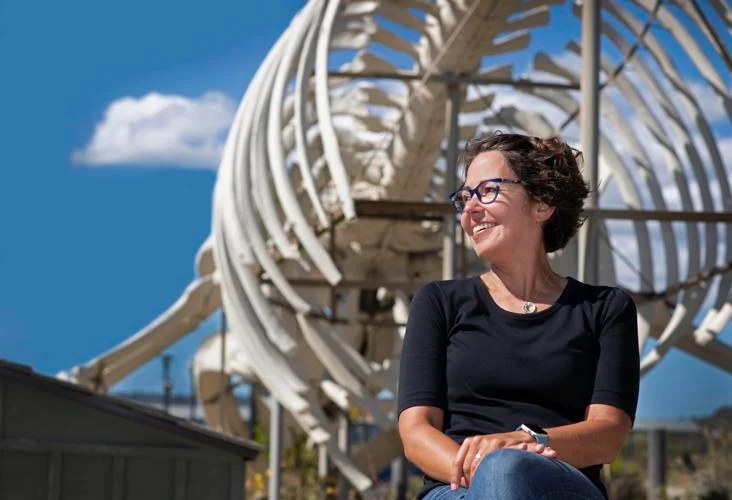
Plans to genetically bring mammoths and other vanished animals back to life have scientific stakes far beyond the imagery of Jurassic Park
Continue reading

Plans to genetically bring mammoths and other vanished animals back to life have scientific stakes far beyond the imagery of Jurassic Park
Continue reading
Are you more excited, worried, or skeptical about the mammoth de-extinction project revived by George Church’s new start-up? Most people (me included) have mixed feelings. In any case, there is a must-read article in STAT that will help clear your mind.

What’s unique about this book are the insights into the relationships between the main characters of the CRISPR saga. The loyal friendship linking Jennifer Doudna and George Church. The growing distrust between Doudna and Zhang. Doudna’s sorrow that she and Charpentier have drifted apart, personally as well as scientifically. The last point is indeed a melancholic note in the Nobel-ending tale. Why did their friendship fall apart?
Continue readingI watched Genesis 2.0, which is debuting in Italy almost two years after its release at the Sundance Film Festival. In the meanwhile, Semyon Grigoriyev has died. The Russian paleontologist leading the effort to clone a mammoth was one of the movie’s main characters. He always had little chance of success, and the plan’s odds are now worse than ever.
Continue reading
Let’s imagine a hundred or more citizens from all over the globe, selected to partecipate in a giant focus group aiming to represent world views. It would be an unprecedented social experiment, that’s for sure, but the call is worth considering. The bold proposal comes from a group of social scientists and a few geneticists (George Church included) writing today in Science. Fascinating as it is, this kind of assembly is probably easier said than done. However, the main problem, in my opinion, comes next: what should experts and politicians do with the assembly’s deliberations?
Continue reading “Wow! Badass. 13,200 crispr base edits in a single cell! On the way to ‘recoded’ human cells,” tweeted Antonio Regalado before covering the news in MIT Technology Review. To be honest, the radical redesign of species is still sci-fi dystopia, but the paper preprinted by Cory J. Smith et al. in bioRxiv is impressive anyway. Continue reading
“Wow! Badass. 13,200 crispr base edits in a single cell! On the way to ‘recoded’ human cells,” tweeted Antonio Regalado before covering the news in MIT Technology Review. To be honest, the radical redesign of species is still sci-fi dystopia, but the paper preprinted by Cory J. Smith et al. in bioRxiv is impressive anyway. Continue reading
BioArt is entering the genome-editing era. The first CRISPR artwork is a World War II dress, patched with silk and bacteria by British bioartist Anna Dumitriu. You can read more about its science and meaning in the CRISPR Journal and Labiotech. But where does the dress come from? And if this is art indeed, what about the galloping horse CRISPRed by George Church last year? I asked Dumitriu, please find the answers below. Continue reading

Credit: Ernesto del Aguila III, National Human Genome Research Institute, NIH
A pair of papers published in Nature Medicine have caused a stir about CRISPR-edited cells lacking a well-known tumor suppressor gene. STAT is doing an online chat next week to follow up the news. In the meantime, this is a sample of how the CRISPR community is commenting the story. Continue reading


It was August 2 when Nature published the latest stunning study, introducing to the world the first human embryos edited in the US by Shoukhrat Mitalipov. Not even a month had passed, and on August 28, those results have been challenged on a much younger and quick medium: the bioRxiv pre-print website. I felt like a déjà vu happening. It reminded me of the Nature Methods study questioning CRISPR’s precision in June. Within three weeks bioRxiv has already challenged the controversial data about off-target mutations by posting two critical analyses which soon became three. In short, this server is rewriting a part of CRISPR’s science and it is becoming an emergency tool for correcting mistakes that, inevitably, sometimes tarnish the most respected peer-reviewed publications. How does it work? Continue reading